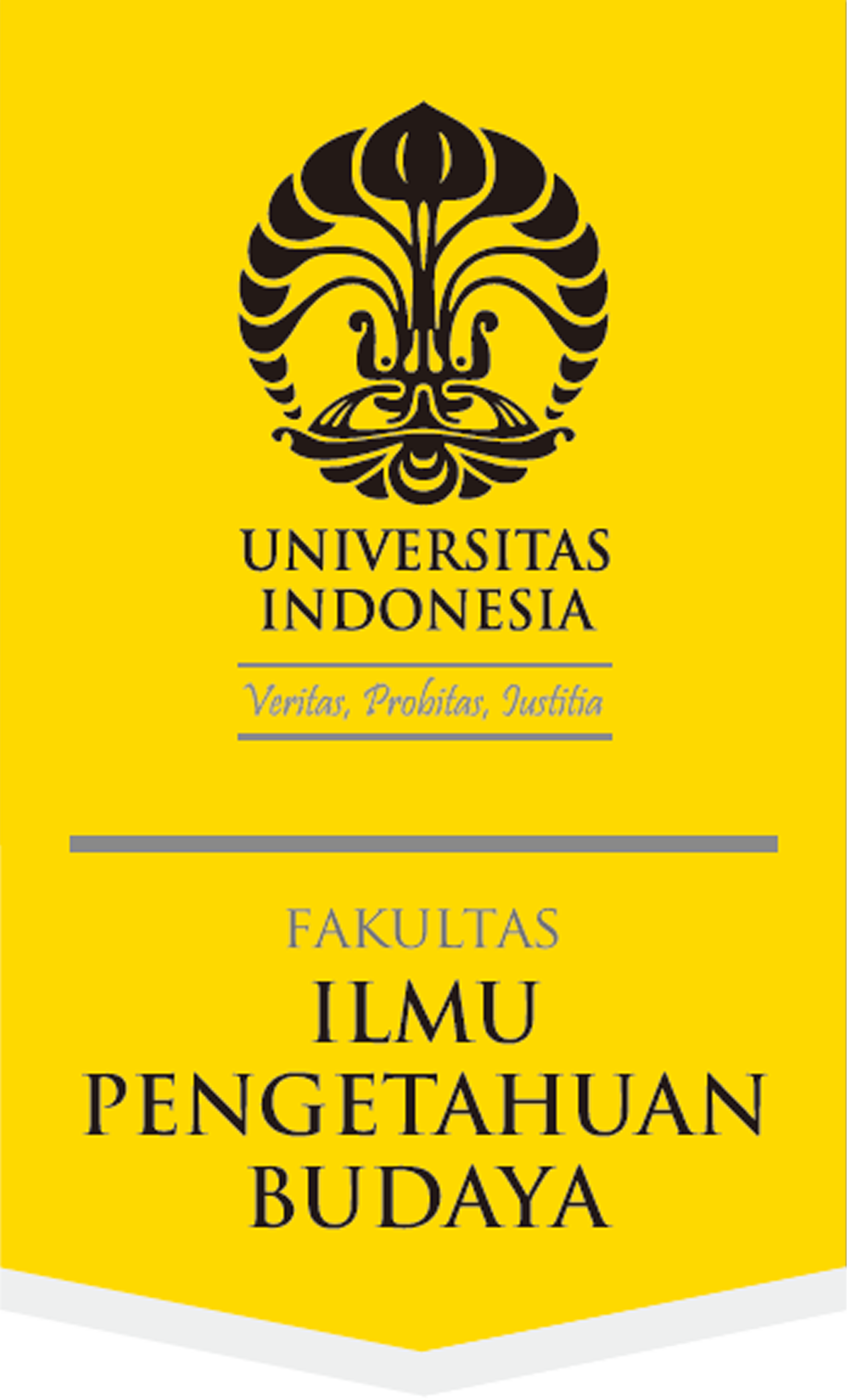Abstract
The Sama-Bajau, or Bajo diaspora, extends from the southern Philippines and Sabah (Malaysian Borneo) to the eastern part of Indonesia. The Indonesian Bajo, now scattered along the coasts of Sulawesi (Celebes) and East Kalimantan, the Eastern Lesser Sunda Islands and Maluku, were once mostly nomadic fishermen of the sea or ocean freight carriers. Today, the Bajo are almost all fishermen and settled. Their former and present ways of life made them favour intangible forms of culture: it is impossible to transport bulky artefacts when moving frequently by boat, or when living in stilt houses, very close to the sea or on a reef. It is therefore an intangible legacy that is the essence of the Bajo's culture. Sandro healers have a vast range of expertise that allows them to protect and heal people when they suffer from natural or supernatural diseases. On the other hand, music and especially oral literature are very rich. In addition to song and the pantun poetry contests, the most prestigious genre is the iko-iko, long epic songs that the Bajo consider to be historical rather than fictional narratives. The Bajo's intangible heritage is fragile, since it is based on oral transmission. In this article, I give a description of this heritage, dividing it into two areas: the knowledge that allows them to "protect and heal" on the one hand, and to "distract and relax", on the other.
References
Bottignolo, Bruno. 1995. Celebrations with the sun; An overview of religious phenomena among the Badjaos. Manila: Ateneo de Manila University Press.
Jun, Akamine. 2005. “Sama (Bajau)”, in: Adelaar, A. and N. P. Himmelmann (eds), The Austronesian languages of Asia and Madagascar, pp. 377–396. New York: Routledge.
Liebner, Horst. 1998. “Four oral versions of a story about the origin of the Bajo people of southern Selayar”, in: Robinson, K. and M. Paeni (eds), Living through histories; Culture, history and social life in South Sulawesi, pp. 19–23. Canberra: Research School of Pacific and Asian Studies, Australian National University.
Nuraini, Chandra. 2008. Langue et production de récits d’une communauté Bajo des îles Kangean. PhD thesis, Université de La Rochelle.
Nimmo, H. Arlo. 1972. The Sea People of Sulu. San Francisco: Handler Publishing Company.
Revel, Nicole et al. 2005. Le Voyage au Ciel d’un Héros Sama / The voyage to heaven of a Sama hero. Silungan Baltapa. Paris: Geuthner.
Syarifuddin. 2008. Mantra nelayan Bajo; Cermin pikiran kolektif orang Bajo di Sumbawa. PhD thesis, Universitas Gadjah Mada.
Uniawati. 2007. “Mantra melaut suku Bajo; Interpretasi semiotik Riffaterre”. MA thesis, Universitas Diponegoro.
Verheijen, Jilis A.J. 1986. The Sama/Bajau language in the Lesser Sunda Islands. Canberra: Australian National University. [Pacific Linguistics Series D / Materials in languages of Indonesia 32.]
Recommended Citation
Nuraini, Chandra
(2016)
"The intangible legacy of the Indonesian Bajo,"
Wacana, Journal of the Humanities of Indonesia: Vol. 17:
No.
1, Article 2.
DOI: 10.17510/wacana.v17i1.427
Available at:
https://scholarhub.ui.ac.id/wacana/vol17/iss1/2









